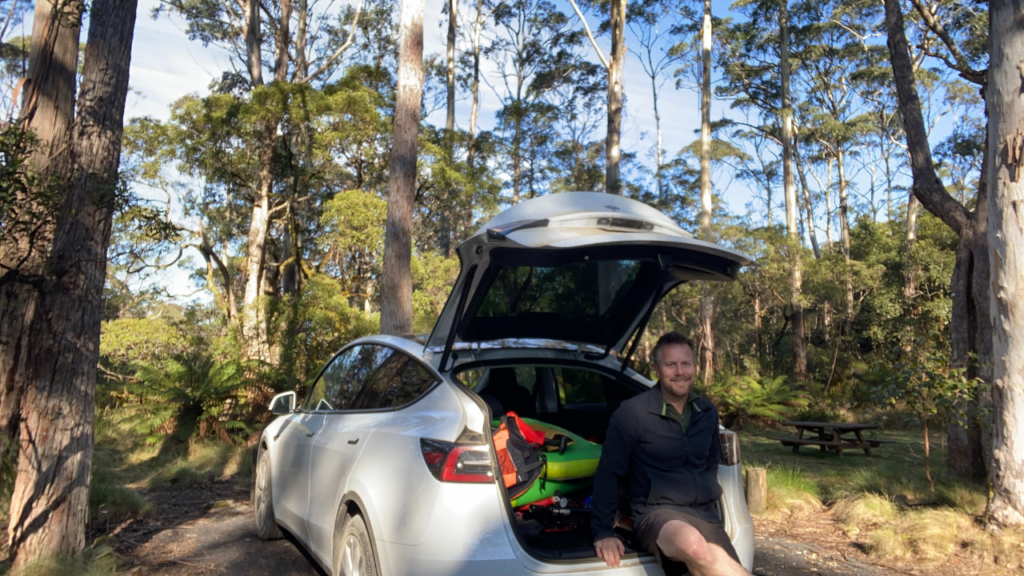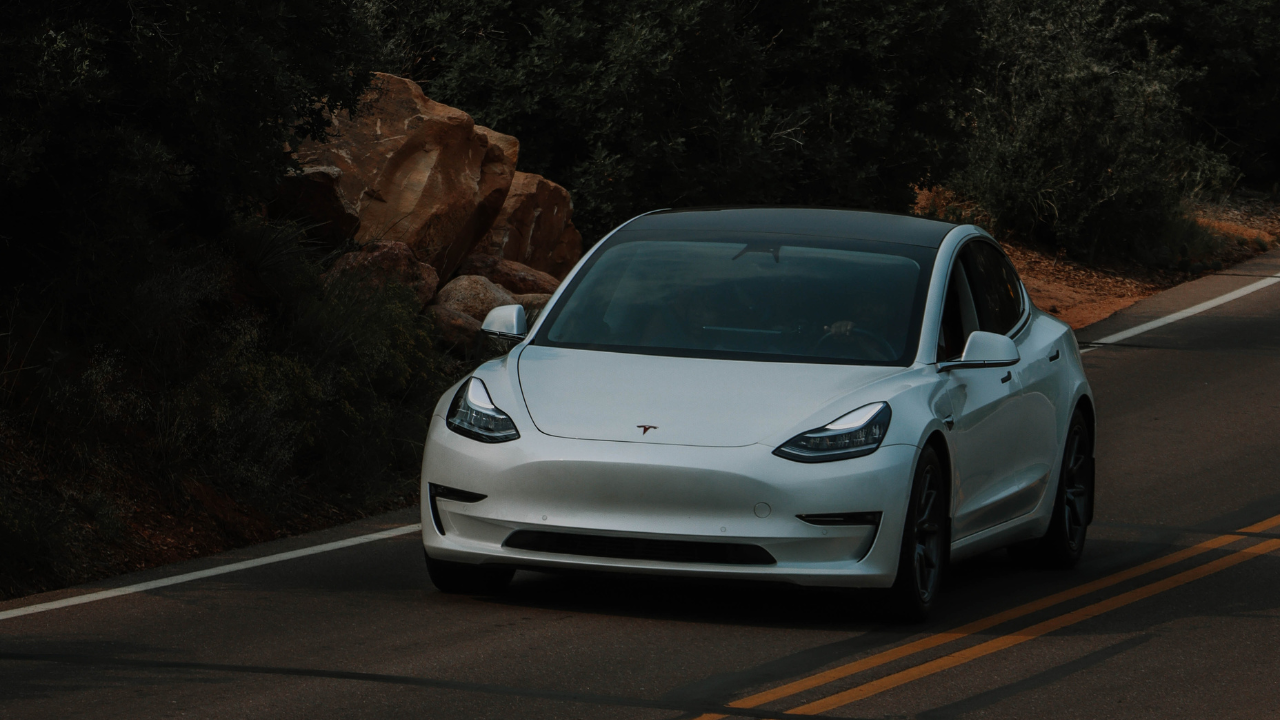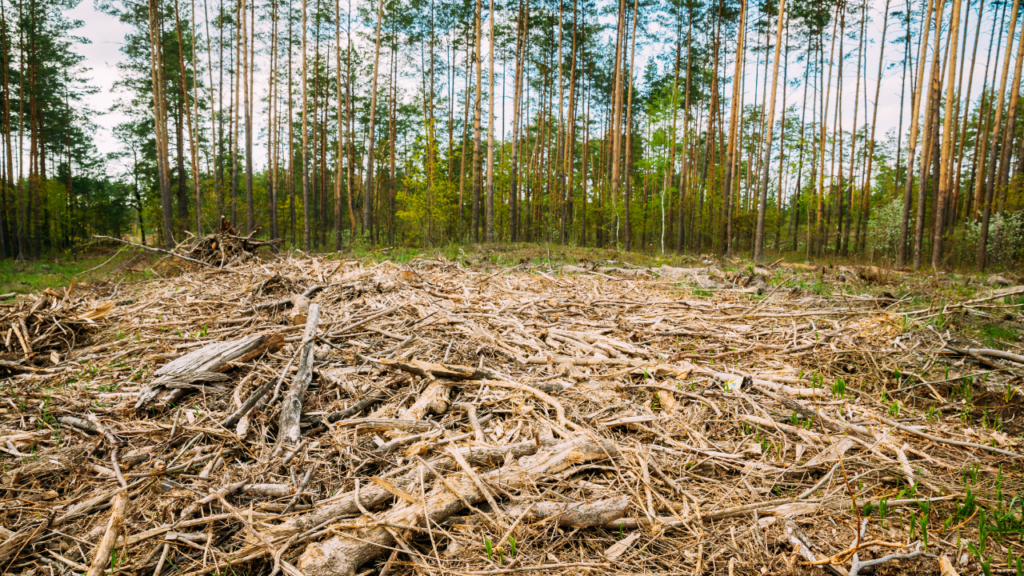By Dr Simon Bradshaw, Research Director at the Climate Council. Published in the Canberra Times here.
Until this month, I had never driven an electric vehicle. I was planning a trip to the far north, to visit Queensland’s Great Barrier Reef and Wet Tropics to see first hand how they are being affected by climate change. It made sense to make the journey in an EV. I decided to throw myself into the deep end with a long road trip.
So for two weeks it was just me, an EV, and a 6000km route from Sydney through the northern rivers, up to the Daintree and out onto the Reef, then back through coal country and the Gondwana Rainforests.
For a first-time EV driver, the journey was eye-opening and remarkably straightforward. Getting an EV from a local rental company wasn’t difficult, most now have a number of them available. Impressively, charging was a breeze, quickly allaying any anxiety. Charging infrastructure, although sometimes sparse in regional areas, is rapidly expanding. It is the dawn of a new era, in which sustainable transport is not a mere ideal but a practical reality.

Apps such as Plugshare provided real-time updates on charging stations from other drivers. This active community link meant there was never a moment where I didn’t know where to find the nearest charging station, or how busy it would be. With some planning, I was able to confidently move from one charger to another within my driving range.
I broke up the journey into smaller chunks as I stopped to recharge. Here, I had the opportunity to slow down, get to know new places, chat to locals, and support the local economy by grabbing a bite to eat.
Best of all, the overall cost of making this journey in an EV was much less than half of what it would have been in a petrol car. With such significant cost savings, it’s easy to see why so many families are keen to switch to an EV for their great Australian escapes. I crunched the numbers – my savings totalled more than $700.
As a climate change researcher, the journey wasn’t just about testing the feasibility and advantages of EVs. I explored some of Australia’s most iconic landscapes and critically important ecosystems. I saw areas of reef and rainforest that were vibrant and healthy, but also areas that were heavily degraded and forever changed.
The escalating impacts of climate change were always at the front of my mind. Everywhere were reminders of what we are losing, but also of how much we still can and must fight to save.
While driving past open-cut coal pits in the Hunter Valley, I was struck by this juxtaposition of old and new. There, amidst these giant scars of our fossil-fuelled era, I was driving a symbol of new possibilities.
EVs are no longer the cars of the future; they are the cars of today. Along with increasing the number of journeys taken on foot, by bike, and on public transport, they offer an immediate solution to reducing transport emissions.
Find out more about active and public transport in our report, Shifting Gear.
Australia is just starting this transition. Right now, Australia pales in comparison to EV uptake and infrastructure abroad because we’re one of the only wealthy countries without mandated fuel efficiency standards. We need strong policies like this, alongside investments in charging infrastructure, to support the availability of cleaner, cheaper-to-run EVs for Aussie drivers.
My trip was a powerful reminder of both the challenges and opportunities of the current moment. Climate change is rapidly unravelling our environment, upon which we are utterly dependent for our survival. But there is so much more we can do right now to reduce our emissions and build a better, safer future.
It’s high time for Australia to get on the path to cleaner transport. EVs, alongside a mix of walking, bike riding, and public transport, will play an important role in cutting transport emissions. By making the smart choices, we’re not just giving something up but gaining something much better.
The road to a sustainable future may be long, but every journey begins with a single step. Let’s make that step count.










